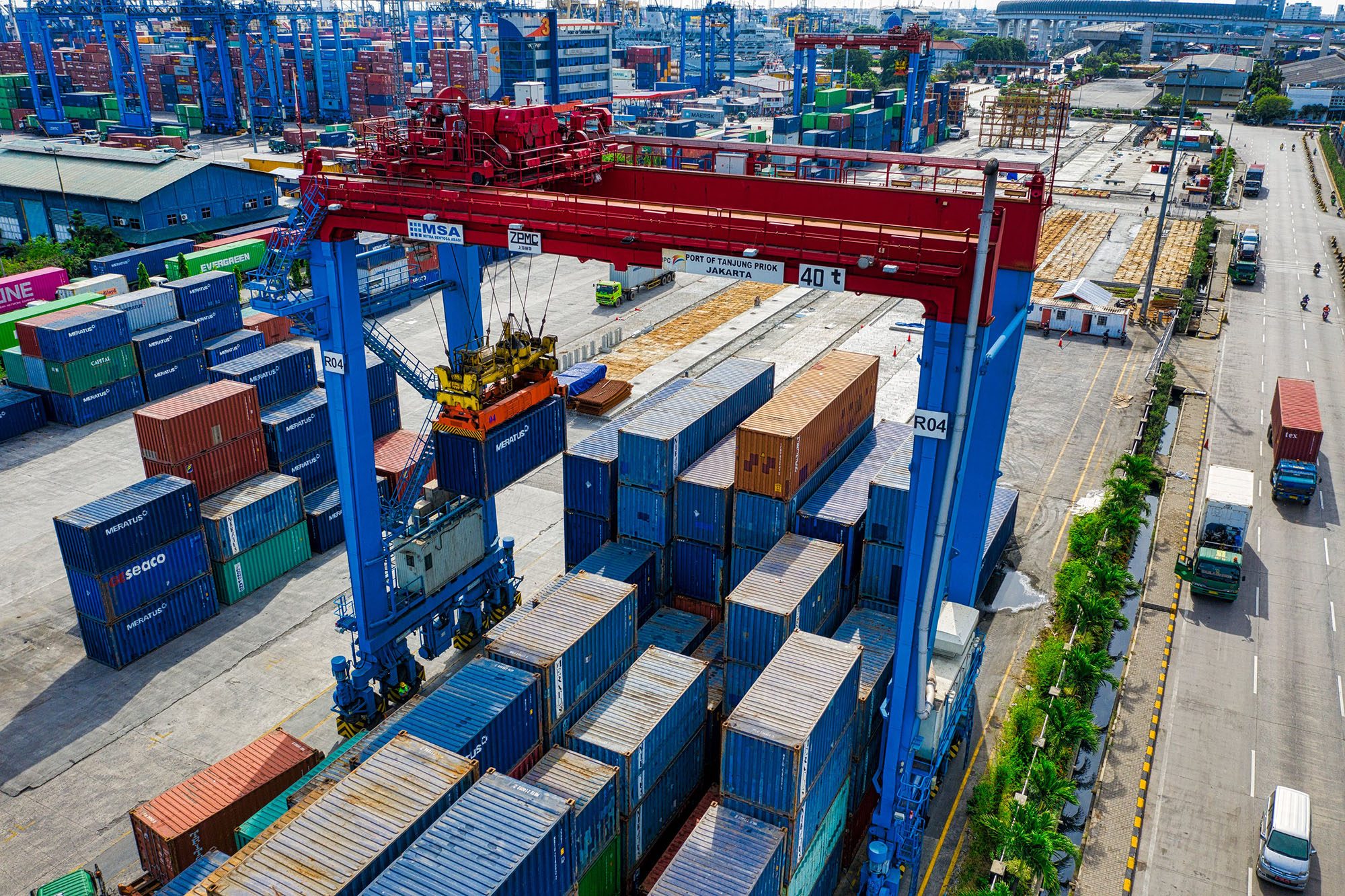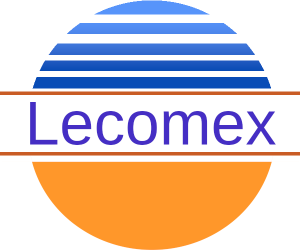Ever dive into the Solana DeFi ocean and feel like you’re swimming without a life vest? Seriously, the whole SPL tokens and yield farming landscape can get wild real quick. I mean, you’ve got these blazing-fast transactions, cool staking opportunities, and a ton of projects vying for your attention. But here’s the thing: without the right wallet, you’re basically handing over the keys to your digital kingdom on a silver platter. No joke.
Let me tell you, I wasn’t always this cautious. At first, I thought any wallet that claimed Solana support was good enough. Then, after a few frustrating hiccups—some lost tokens here, some connection glitches there—it hit me that choosing the right browser extension wallet isn’t just a convenience, it’s a necessity. Yeah, I’m talking about the kind that handles SPL tokens seamlessly and doesn’t choke when you’re jumping into yield farming pools.
Yield farming on Solana? It’s a playground with some serious rules. You want a wallet that’s not just slick but also secure and intuitive. Oh, and by the way, the integration with decentralized apps (dApps) matters way more than I expected. If your wallet can’t talk smoothly with these platforms, you’re gonna have a bad time.
Wow! Just thinking about the sheer number of options out there for storing and managing SPL tokens makes my head spin. At one point, I was juggling multiple wallets, and honestly, it was a mess. But then I stumbled on something that felt… right.
Okay, so check this out—did you know the solflare wallet started off as a simple web wallet and now has evolved into a full-featured browser extension that nails Solana’s ecosystem intricacies? That’s no small feat.

Getting Cozy with SPL Tokens: Why Wallet Choice Matters
At face value, SPL tokens are Solana’s version of ERC-20s on Ethereum, but they come with their own quirks. Initially, I thought, «Hey, a token’s a token, right?» But that’s where I was dead wrong. Because SPL tokens rely heavily on the wallet’s ability to handle the unique transaction formats and serialization methods native to Solana, not every wallet can do this well.
Here’s a gut feeling: if your wallet doesn’t support the latest Solana Program Library updates, you risk transaction failures or, worse, tokens that don’t show up properly. And that bugs me. I’ve seen folks think their tokens disappeared, only to realize their wallet just wasn’t syncing correctly.
Plus, managing multiple SPL tokens across various projects can get cumbersome. You want a wallet interface that feels like it was designed by someone who actually uses Solana daily, not just a generic crypto wallet dev. The solflare wallet nails this because it offers clear token visibility, quick swaps, and staking options all in one place.
Seriously? The simplicity of toggling between tokens and staking without jumping through hoops is a game-changer. It saves time and reduces the chance of making a costly mistake.
Something felt off about some other wallets I tried—they either had sluggish response times or poor dApp integrations. My instinct said, “Don’t trust ‘em with your SPL tokens if you want smooth yield farming.”
Yield Farming on Solana: The Need for a Reliable Extension
Okay, so yield farming is all the rage, but it’s not just about throwing tokens into a pool and watching the rewards roll in. You gotta keep track of your liquidity positions, impermanent loss risks, and timing your staking moves. It’s a very active game, and your wallet extension is your dashboard and control center.
At first, I thought that any wallet with a staking feature would do. Actually, wait—let me rephrase that—many wallets claim they support staking, but few do it with the ease and reliability that Solana’s fast-paced DeFi scene demands.
Take the solflare wallet again. What’s neat about it is how it manages the entire yield farming lifecycle—from staking your SPL tokens to harvesting rewards—without making you jump through endless confirmation hoops. It’s like having a personal assistant who knows the Solana ecosystem inside out.
On one hand, some wallets let you connect to dApps but then bombard you with cryptic error messages when a transaction fails. Though actually, this is often due to the wallet not fully supporting Solana’s recent protocol changes or RPC node issues. On the other hand, wallets like Solflare have robust support for these nuances, which feels reassuring when you’re about to lock up your funds.
One of those «aha!» moments for me was realizing how much a wallet’s connection speed and security model affected my farming returns. Slow or failed transactions meant missed staking windows. And lost rewards? Yeah, that stings.
The Browser Extension Factor: Why It’s a Game-Changer
Browser extensions bring the blockchain right to your fingertips without juggling multiple apps or hardware wallets. But here’s a snag: not all extensions are built equally, especially in the Solana space. Some are clunky, others barely get updates, and some… well, they just don’t feel trustworthy.
My very very important rule? Only use browser extensions that have a solid track record and community backing. The solflare wallet fits that bill nicely. It’s open source, regularly updated, and has a transparent approach to security.
Also, with browser extensions, ease of use is king. I’m biased, but I hate when a wallet requires a dozen clicks just to check my balance or move tokens. Solflare’s UI is clean and gets me where I need to go fast, which is crucial when market conditions shift rapidly.
And yeah, the integration with Solana dApps is buttery smooth. That’s probably why I keep coming back to it, even as new wallets pop up. There’s just a level of polish and reliability that you don’t want to compromise on, especially when your funds are on the line.
Wrapping Thoughts: Staying Ahead in Solana’s Fast Lane
So, what’s the takeaway? If you’re messing around with SPL tokens and yield farming on Solana, settling for a random wallet extension is like driving a race car with bald tires. You can do it, but expect some skids.
I’m not saying the solflare wallet is perfect—no wallet is. But for me, it strikes the right balance between security, usability, and ecosystem compatibility. That combo is rare and very very valuable.
Anyway, I’m still learning and adapting as the Solana ecosystem evolves. But one thing’s clear: your wallet choice can make or break your DeFi journey. So, choose wisely and maybe give Solflare a spin if you haven’t yet. It just might save you some headaches down the road.
Frequently Asked Questions
What are SPL tokens exactly?
SPL tokens are Solana’s equivalent to Ethereum’s ERC-20 tokens. They follow the Solana Program Library standards, allowing for fungible tokens that can be used across the Solana blockchain.
Why is a specialized wallet needed for SPL tokens?
Because SPL tokens have unique transaction formats and require wallets that understand Solana’s architecture to display, send, and receive them correctly, avoiding issues like missing tokens or failed transactions.
How does yield farming work on Solana?
Yield farming typically involves staking or providing liquidity with SPL tokens to earn rewards. Solana’s fast transaction speeds allow for efficient farming, but you need a wallet that supports staking and dApp interactions seamlessly.
Is the Solflare wallet safe to use?
Solflare is widely regarded as secure and reputable within the Solana community. It is open source and regularly updated, but as with all crypto wallets, users should practice good security hygiene.

